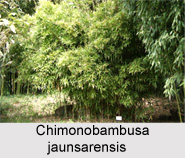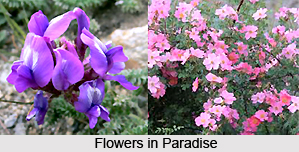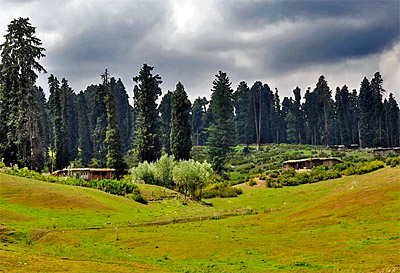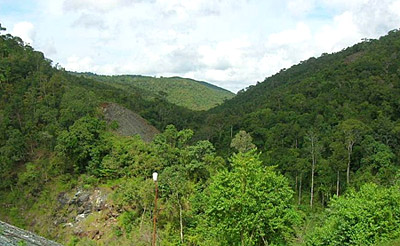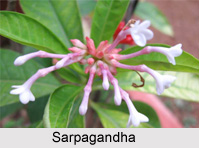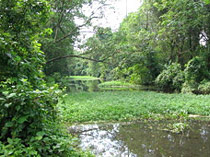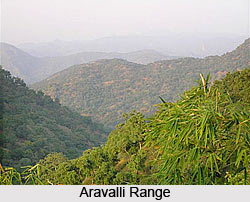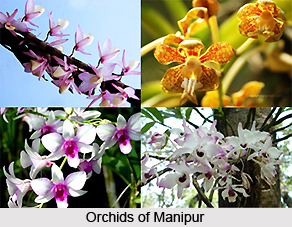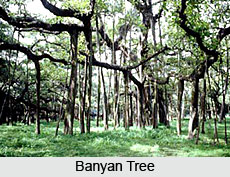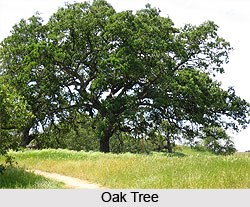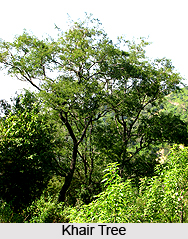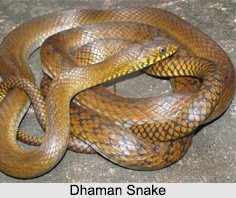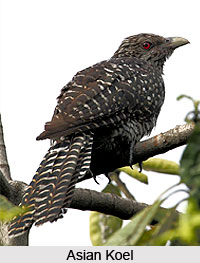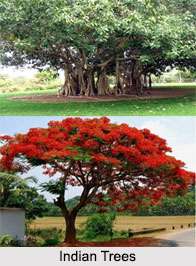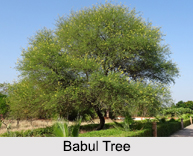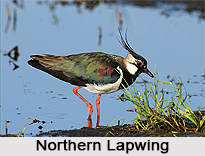 Northern Lapwing is an Indian Bird that bears a scientific name "Vanellus vanellus", has a close reference of Holy Bible in the European mythology.
Northern Lapwing is an Indian Bird that bears a scientific name "Vanellus vanellus", has a close reference of Holy Bible in the European mythology.
Northern Lapwing is a bird in the plover family. It is common through temperate Eurasia.
Mythological History of Northern Lapwing
Northern Lapwing has a reference in English translations of Ovid`s Metamorphoses, book 6 (the story of King Tereus of Thrace, who rapes his wife`s sister, Philomela, and cuts out her tongue), as lapwing is probably the northern lapwing. Tereus is turned into an epos Ovid presumably had the hoopoe in mind, whose crest indicates his royal status and whose long, sharp beak is a symbol of his violent nature.
Migration of Northern Lapwing
Northern Lapwing is highly migratory over most of its extensive range, wintering further south as far as North Africa, northern India, Pakistan and parts of China. It migrates mainly by day, often in large flocks.
Breeding of Northern Lapwing
Northern Lapwings are the lowland breeders. They breed in the westernmost areas of Europe and are resident there. It occasionally is a vagrant to North America, especially after storms, as in the Canadian sightings after storms in December 1927 and in January 1966. Northern Lapwing is a wader which breeds on cultivated land and other short vegetation habitats. 3-4 eggs are laid in a ground scrape. The nest and young are defended noisily and aggressively against all intruders, up to and including horses and cattle. In winter, Northern lapwing forms huge flocks on open land, particularly arable land and mud-flats.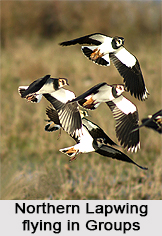
Structure of Northern Lapwing
Northern Lapwing is a 28 to 33 cm long bird with a 67-87 cm wingspan and a body mass of 128-330 g (4.5-11.6 oz). It has rounded wings and a crest. It is also the shortest-legged of the lapwings. It is mainly black and white, but the back is tinted green. The male has a long crest and a black crown, throat and breast contrasting with an otherwise white face. The females and young Northern lapwings have shorter crests, and have less strongly marked heads, but plumages are otherwise quite similar.
Feedings of Northern Lapwing
Northern lapwings feed primarily on insects and other small invertebrates. This species often feeds in mixed flocks with golden plovers and black-headed gulls, the latter often robbing the two plovers, but providing a degree of protection against predators. Like the golden plovers, this species prefers to feed at night when there is moonlight. Northern lapwing is one of the species to which the Agreement on the Conservation of African-Eurasian Migratory Waterbirds (AEWA) applies.
